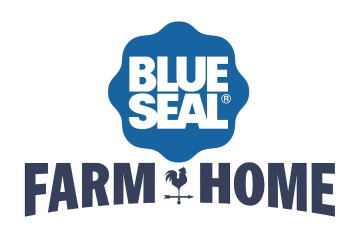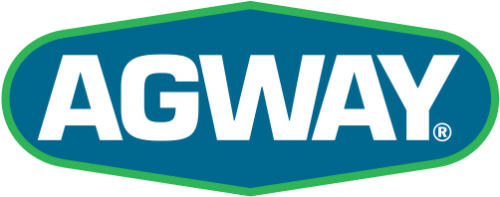{article.name} Monthly Blog Articles
WE DELIVER
Peterborough, NH: 603-924-6801 Brattleboro, VT: 802-254-8755 Walpole, NH: 603-756-9400 Hillsboro, NH: 603-464-3755 Milford, NH: 603-673-1669 Keene, NH: 603-357-5720Managing Pasture Health in the Fall: Rotational Grazing and Soil Care

- Share this:
- Share on Facebook
- Pin on Pinterest
- Tweet on Twitter
As the vibrant days of summer give way to the cool, crisp air of fall, it's an important time for farmers and livestock managers to focus on pasture health. Effective pasture management during the fall can set the stage for a productive spring. This blog will explore two key components of fall pasture care: rotational grazing and soil care.
Understanding Rotational Grazing
What is Rotational Grazing?
Rotational grazing is a livestock management practice where animals are moved between different pasture sections (or paddocks) to allow forage plants time to recover and regrow. This method contrasts with continuous grazing, where livestock graze a single pasture for an extended period.
Benefits of Rotational Grazing
- Improved Forage Quality:
- Rotational grazing allows plants to rest and regrow, resulting in healthier, more nutritious forage.
- Increased Pasture Productivity:
- By rotating livestock, you can maximize the growth potential of your pasture, leading to increased forage production.
- Soil Health:
- Rotational grazing reduces soil compaction and erosion, promoting better water infiltration and root development.
- Pest and Weed Control:
- Moving livestock frequently disrupts the life cycles of pests and weeds, reducing their prevalence in your pasture.
Implementing Rotational Grazing in the Fall
1. Plan Your Paddocks:
- Divide your pasture into smaller paddocks. The number and size of these paddocks will depend on your herd size and pasture area.
- Ensure each paddock has adequate water and shelter access.
2. Monitor Forage Growth:
- Observe the growth of your forage plants. Rotate livestock when plants reach a certain height, typically 6-8 inches, to prevent overgrazing.
- Allow grazed paddocks sufficient recovery time, generally 21-30 days, before reintroducing livestock.
3. Adjust Stocking Rates:
- Balance the number of animals with the available forage. Too many animals can lead to overgrazing, while too few can result in underutilized pasture.
4. Flexible Management:
- Be prepared to adjust your rotation schedule based on weather conditions and forage growth rates. Flexibility is key to maintaining healthy pastures.
Fall Soil Care for Healthy Pastures
1. Soil Testing:
- Conduct soil tests to determine nutrient levels and pH balance. Fall is an ideal time for testing, as it allows for necessary amendments before winter.
- Based on the results, apply lime to adjust pH and fertilizers to address nutrient deficiencies.
2. Aeration:
- Aerate compacted soils to improve water infiltration and root growth. Aeration helps alleviate compaction caused by livestock traffic and heavy machinery.
3. Organic Matter:
- Enhance soil health by adding organic matter such as compost or well-rotted manure. Organic matter improves soil structure, moisture retention, and microbial activity.
4. Cover Crops:
- Plant cover crops such as clover, rye, or winter wheat. These crops protect the soil from erosion, add organic matter, and fix nitrogen, enhancing soil fertility.
5. Weed Control:
- Fall is an excellent time to manage perennial weeds. Use appropriate herbicides or mechanical methods to control weed growth and prevent competition with desirable forage plants.
Conclusion
Managing pasture health in the fall through rotational grazing and soil care is crucial for sustainable livestock farming. By implementing rotational grazing practices, you can improve forage quality, enhance soil health, and boost pasture productivity. Additionally, focusing on soil care ensures a strong foundation for healthy, resilient pastures year-round. With thoughtful planning and proactive management, your pastures will thrive, providing nutritious forage for your livestock and supporting the long-term health of your farm.



Comments